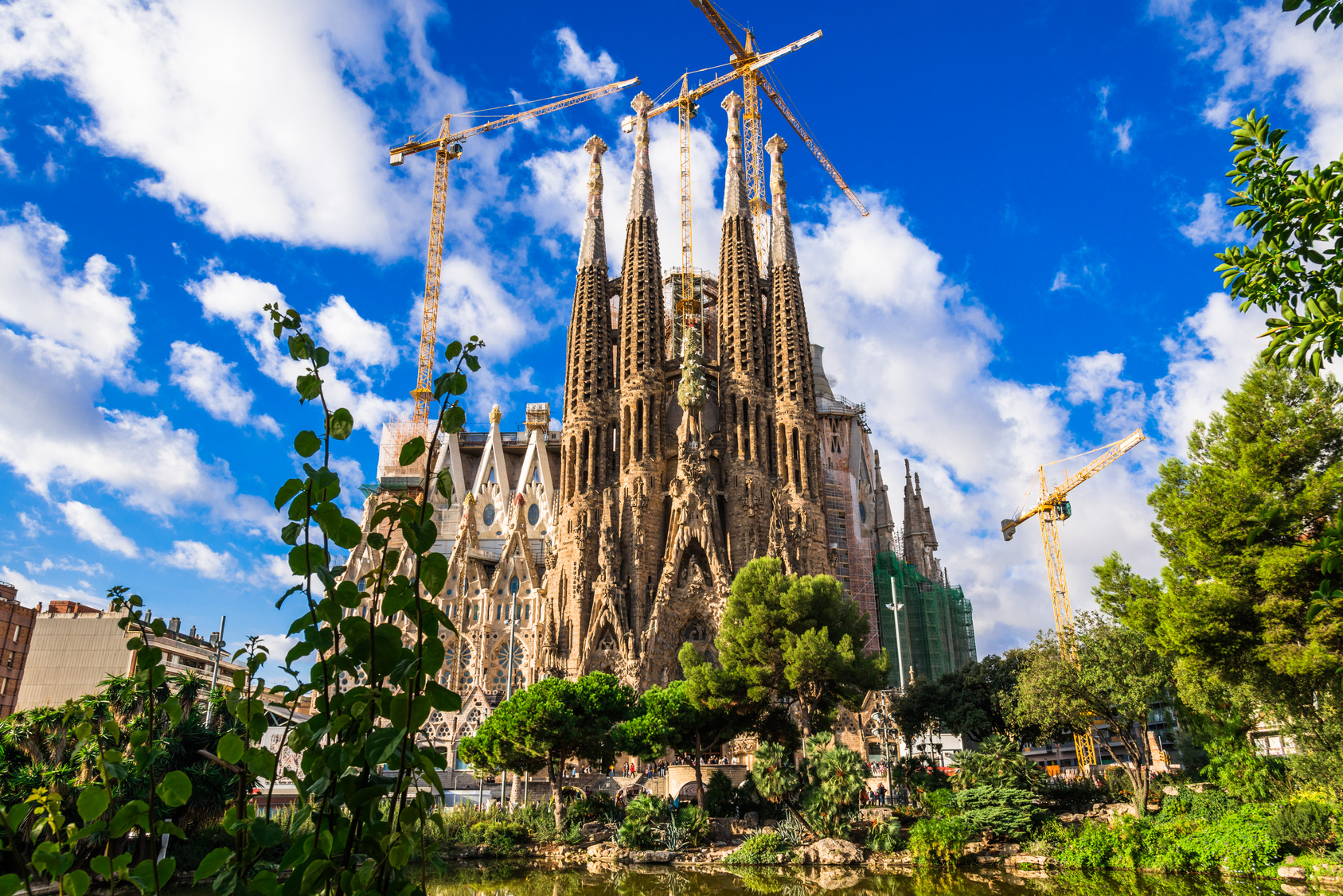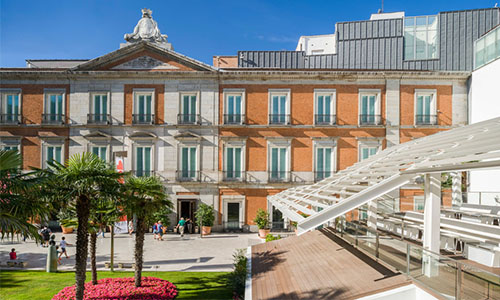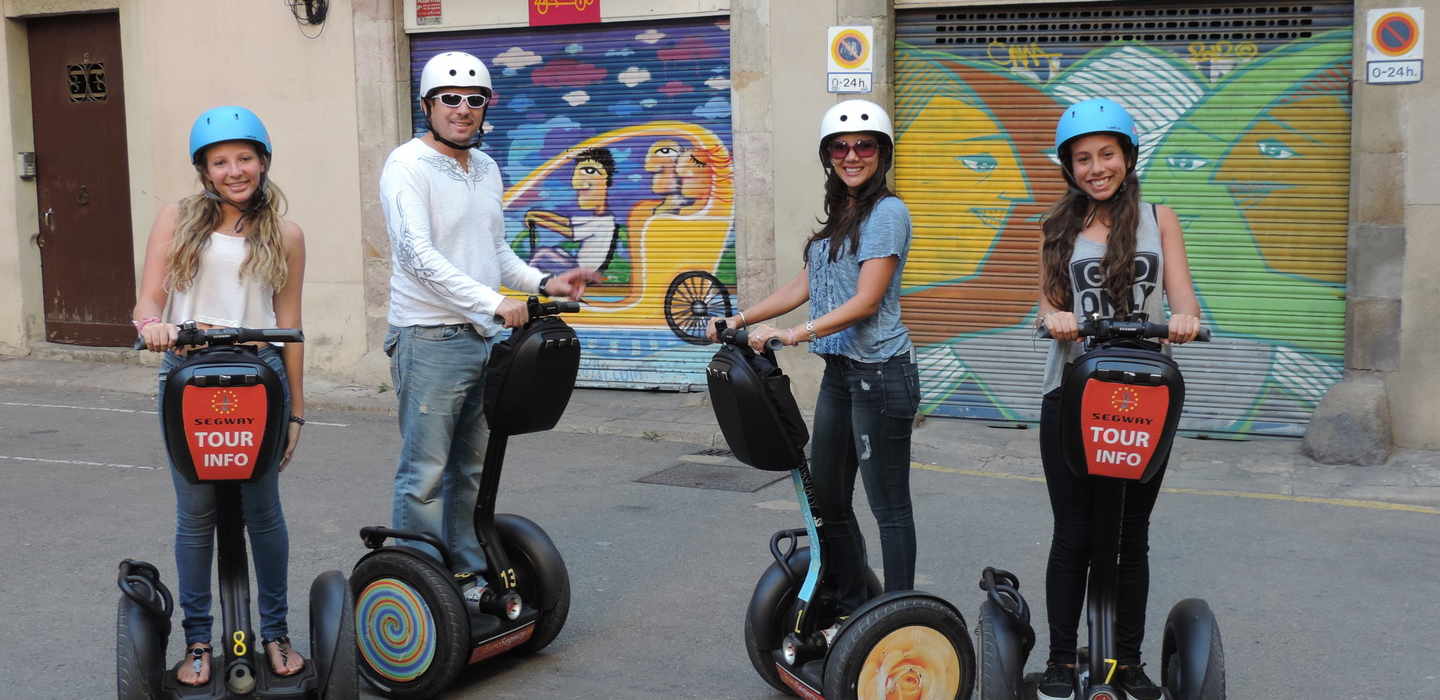A Comprehensive Travel Guide: Barcelona, Tarragona, Sitges, Girona, and Figueres
This itinerary explores the vibrant diversity of Catalonia, moving from the world-class metropolis of Barcelona to the ancient Roman ruins of Tarragona, the charming coastal town of Sitges, and the medieval heartland of Girona and Figueres. It offers a perfect blend of art, history, beach life, and gastronomy, all within a compact and well-connected region.
Trip Overview and Logistics
This circular route is designed to be traveled over 7 to 10 days, allowing for a thorough exploration of each destination. The primary hub is Barcelona, with excellent transport links to all other points. The recommended order is:
Days 1-3: Barcelona
Day 4: Day trip to Tarragona and Sitges (or separate days for a more relaxed pace).
Days 5-6: Overnight trip to Girona and Figueres, returning to Barcelona.
Transportation: Spain's rail network, particularly the high-speed AVE and regional Rodalies trains, is efficient and comfortable. For this itinerary, a combination of trains is ideal. Renting a car provides more flexibility for exploring the countryside around Girona and Figueres, but is not necessary for the core cities. The T-casual ticket in Barcelona is excellent value for multiple metro/bus journeys.
Accommodation Tip: Staying in Barcelona as a base for the entire trip is a convenient option, avoiding the need to change hotels. Alternatively, spending a night or two in Girona allows for a more immersive experience in the medieval city.
Part 1: Barcelona - The Capital of Catalonia
Barcelona is a city of boundless energy, renowned for its unique architecture, bustling street life, and world-class art. It serves as the perfect starting point for this Catalan adventure.
Key Attractions in Barcelona
La Sagrada Família: The magnum opus of Antoni Gaudí, this breathtaking basilica is still under construction. Its intricate facades and soaring, tree-like columns inside are an unforgettable sight. Booking tickets online well in advance is essential.
Park Güell: Another Gaudí masterpiece, this public park is a whimsical wonderland of colorful mosaics, organic shapes, and offering panoramic views of the city.
Gothic Quarter (Barri Gòtic): The historical heart of Barcelona, a maze of narrow medieval streets filled with shops, bars, and historical landmarks like the Barcelona Cathedral.
La Rambla: The famous, tree-lined pedestrian street running through the city center. It's vibrant and lively, but visitors should be vigilant for pickpockets.
Casa Batlló & Casa Milà (La Pedrera): Two of Gaudí's most famous residential buildings on the Passeig de Gràcia, showcasing his revolutionary modernist style.
Magic Fountain of Montjuïc: A spectacular display of music, water, and light, especially beautiful at night.
Food & Drink in Barcelona
Barcelona's culinary scene is a highlight. Beyond paella (which is more typical of Valencia), travelers should seek out:
Tapas: Sample small plates like patatas bravas (fried potatoes with spicy sauce), jamón ibérico (cured ham), and pimientos de padrón (fried green peppers).
Paella: For an authentic experience, look for restaurants that specialize in it and require a minimum order of two portions.
Seafood: Visit the Barceloneta neighborhood for fresh seafood dishes like fideuà (a paella-like dish with noodles).
Catalan Classics: Try escalivada (grilled vegetables), butifarra (Catalan sausage), and pa amb tomàquet (bread with tomato).
Markets: The Boqueria Market off La Rambla is a tourist attraction in itself, but for a more local feel, visit Mercat de Santa Caterina.
Cultural Insights & Tips
Barcelona is the capital of Catalonia, a region with a strong distinct identity and its own language, Catalan. Spanish (Castellano) is also widely spoken. It's a city that lives late; dinner often starts after 9 PM. Be aware of your belongings at all times in crowded areas.
Part 2: Tarragona - A Journey to Roman Times
A short train ride south from Barcelona lies Tarragona, a UNESCO World Heritage site built on the remains of the ancient Roman capital of Hispania, Tarraco.
Key Attractions in Tarragona
The Roman Amphitheatre: Situated dramatically by the Mediterranean Sea, this was the site of gladiatorial contests.
Prat de la Riba Roman Circus: Explore the underground vaults that once supported the circus where chariot races were held.
The Provincial Forum: A sprawling archaeological site that was the administrative heart of Roman Tarraco.
The Balcony of the Mediterranean (Balcó del Mediterrani): A scenic viewpoint offering stunning coastal views.
Tarragona Cathedral: A magnificent blend of Romanesque and Gothic architecture built atop a former Roman temple.
Food & Drink in Tarragona
The cuisine here is heavily influenced by the "Costa Daurada" (Gold Coast). Specialties include:
Romesco Sauce: A nut and red pepper-based sauce originating from nearby Tarragona, typically served with fish.
Seafood Stews: Fresh fish and shellfish from the Mediterranean are staples.
Xató: A traditional salad of endive, cod, tuna, and anchovies, dressed with a nut and pepper sauce similar to romesco.
Transportation from Barcelona
Frequent regional (Rodalies) R16 line trains depart from Barcelona-Sants or Passeig de Gràcia stations. The journey takes approximately 1 hour to 1 hour 30 minutes. High-speed AVE trains are also available and are faster but may arrive at a station further from the center.
Part 3: Sitges - The Charming Coastal Getaway
On the way back from Tarragona to Barcelona (or as a separate day trip), Sitges offers a complete contrast. This stylish coastal town is known for its beautiful beaches, film festival, and vibrant LGBT+ scene.
Key Attractions in Sitges
The Beaches: A series of beautiful sandy beaches line the town, from the family-friendly Platja de Sant Sebastià to the more lively Platja de la Ribera.
The Old Town (Casc Antic): A picturesque labyrinth of whitewashed houses and narrow streets leading up to the church.
Cau Ferrat Museum: The former home-workshop of artist Santiago Rusiñol, a key figure in Catalan Modernism.
The Promenade (Passeig Marítim): A beautiful seaside walk perfect for a stroll any time of day.
Sitges Film Festival: One of Europe's most important fantasy and horror film festivals, held annually in October.
Food & Drink in Sitges
Sitges has a sophisticated dining scene with numerous seaside restaurants (
xiringuitos). Be sure to try:
"Xató": As in Tarragona, this is a local specialty.
Fresh Grilled Fish: Simply prepared with olive oil and garlic.
Cava: The Catalan answer to champagne is produced nearby and is perfect for a beachside toast.
Transportation from Barcelona/Tarragona
Sitges is easily accessible by the same Rodalies R16 line that connects Barcelona and Tarragona. The journey from Barcelona-Sants takes about 35-40 minutes. From Tarragona, it takes about 45 minutes.
Part 4: Girona - The Medieval Jewel
Heading north from Barcelona, Girona presents a stunningly preserved medieval core, a rich Jewish history, and a powerful riverfront facade.
Key Attractions in Girona
The Cathedral of Girona: Famous for having the widest Gothic nave in the world. The grand baroque staircase leading to its entrance is iconic.
The Jewish Quarter (El Call): One of the best-preserved in Europe, a captivating maze of cobbled streets and stone arches.
The Onyar River Houses: The brightly painted houses hanging over the Onyar River provide Girona's most famous and picturesque view.
The Eiffel Bridge: A pedestrian bridge built by Gustave Eiffel's company before the construction of the Eiffel Tower.
The City Walls (Passeig de la Muralla): Walk along the ancient medieval walls for spectacular views over the city.
Food & Drink in Girona
Girona is a gastronomic powerhouse, home to El Celler de Can Roca, repeatedly voted the world's best restaurant. While securing a table there is difficult, the city is filled with exceptional dining options.
"Xuixo": A cylindrical pastry filled with crema catalana and deep-fried, unique to Girona.
Empordanesa Salad: A hearty salad from the region with potatoes, olives, and meats.
Sausages and Game Meats: The inland areas are known for their excellent charcuterie.
Transportation from Barcelona
The high-speed AVE train from Barcelona-Sants to Girona is the best option, taking only 38 minutes. Regional trains are also available but take around 1 hour and 20 minutes.
Part 5: Figueres - The Surreal World of Dalí
A short trip from Girona brings travelers to Figueres, the birthplace of Salvador Dalí and home to his extraordinary self-designed museum.
Key Attractions in Figueres
The Dalí Theatre-Museum (Teatre-Museu Dalí): The main attraction. This museum is less a collection of his works and more his largest surrealist object. From the giant eggs on the roof to the mesmerizing Mae West room and the jewel collection, it is an unforgettable experience. Booking tickets online is highly recommended.
The Toy Museum of Catalonia: A fascinating collection of historical toys that provides a fun contrast to the intensity of the Dalí museum.
Sant Ferran Castle: Located on the outskirts of town, this 18th-century fortress is one of the largest in Europe.
Food & Drink in Figueres
The cuisine here is typical of the Empordà region, known for its mix of sea and mountain produce (
"mar i muntanya")..
"Mar i Muntanya" Dishes: Look for combinations like chicken with lobster or rabbit with snails.
"Empordanesa" Cuisine: Similar to Girona, expect robust dishes with local sausages and vegetables.
Transportation from Girona/Barcelona
From Girona, frequent regional trains run to Figueres, taking about 30-40 minutes. From Barcelona, you can take a high-speed AVE train to Figueres-Vilafant station (55 minutes), which is a short taxi/bus ride from the city center, or a slower regional train directly to Figueres station (approx. 2 hours).
A Note on Cultural Etiquette
A few tips can enhance the travel experience in Catalonia:
Language: While Spanish is understood, learning a few words in Catalan like "Bon dia" (Good day), "Merci" or "Gràcies" (Thank you), and "Adéu" (Goodbye) is appreciated as a sign of respect for local culture.
Siesta: Many smaller shops outside major city centers may close between 2 PM and 5 PM.
Meal Times: Lunch is typically from 1:30 PM to 3:30 PM, and dinner rarely begins before 8:30 PM or 9 PM.
Tipping: Tipping is not as customary as in North America. Leaving small change or rounding up the bill is standard practice; leaving 5-10% is considered generous for excellent service.
A Perfect Catalan Journey Awaits
This itinerary through Barcelona, Tarragona, Sitges, Girona, and Figueres showcases the incredible variety packed into this corner of Spain. From modernist marvels and Roman ruins to medieval alleys and surrealist dreams, all set against the backdrop of the beautiful Mediterranean coast and complemented by a world-class culinary tradition—this trip offers a deep and rewarding immersion into the heart of Catalonia.



